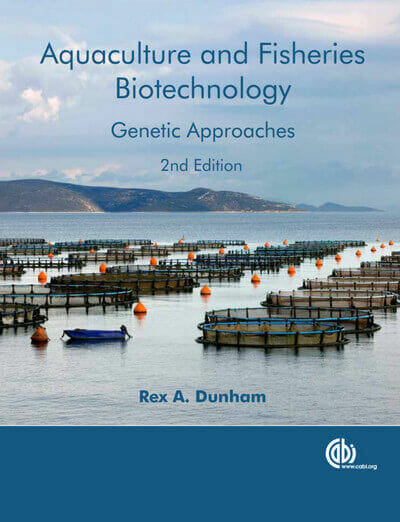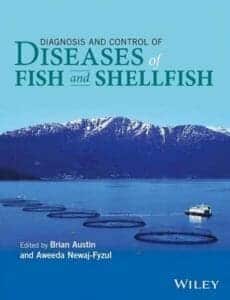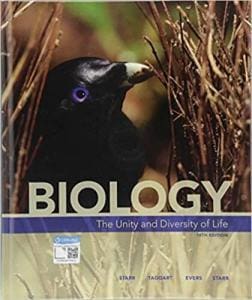Aquaculture and Fisheries Biotechnology: Genetic Approaches

By Rex A. Dunham
Aquaculture and Fisheries Biotechnology: Genetic Approaches PDF. The growth of worldwide aquaculture has been sustained and rapid, and the explosion of research in genetic biotechnology has made significant impact on aquaculture and fisheries, although potential for much greater progress exists. Aquaculture and Fisheries Biotechnology: Genetic Approaches covers topics essential to the study of fish genetics, including qualitative and quantitative traits, crossbreeding, inbreeding, genetic drift, hybridization, selection programs, polyploidy, genomics and cloning. This fully updated second edition also addresses environmental risk, food safety and government regulation of transgenic aquatic organisms, commercial applications of fish biotechnology and future issues in fish genetics.
Read more: Fisheries and Aquaculture: The Food Security of the Future
Table of Contents
1: History of Biotechnology, Genetics and Selective Breeding in Aquaculture and Fisheries
2: Phenotypic Variation and Environmental Effects
3: Basic Genetics, Qualitative Traits and Selection for Qualitative Traits
4: Strain Evaluation, Domestication and Strain Selection
5: Population Size, Inbreeding, Random Genetic Drift and Maintenance of Genetic Quality
6: Gynogenesis, Androgenesis, Cloned Populations and Nuclear Transplantation
7: Intraspecific Crossbreeding
8: Interspecific Hybridization
9: Selection and Correlated Responses to Selection
10: Polyploidy and Xenogenesis
11: Sex Reversal and Breeding
12: Biochemical and Molecular Markers
13: Population Genetics and Interactions of Hatchery and Wild Fish
14: Genomics, Gene Mapping, Quantitative Trait Locus Mapping and Marker-assisted Selection
15: Gene Expression
16: Gene-transfer Technology
17: Combining Genetic Enhancement Programmes
18: Genotype-Environment Interactions
19: Commercial Application of Fish Biotechnology
20: Environmental Risk of Aquatic Organisms from Genetic Biotechnology
21: Food Safety of Transgenic Aquatic Organisms
22: A Case Example: Safety of Consumption of Transgenic Salmon Potentially Containing Elevated Levels of Growth Hormone and Insulin-like Growth Factor
23: Government Regulation of Transgenic Fish and Biotechnology Products
24: Strategies for Genetic Conservation, Gene Banking and Maintaining Genetic Quality
25: Ethics
26: Constraints and Limitations of Genetic Biotechnology















![Ettinger’s Textbook of Veterinary Internal Medicine 9th Edition [PDF+Videos] Ettinger’s Textbook of Veterinary Internal Medicine 9th Edition [True PDF+Videos]](https://www.vet-ebooks.com/wp-content/uploads/2024/10/ettingers-textbook-of-veterinary-internal-medicine-9th-edition-100x70.jpg)

![Textbook of Veterinary Diagnostic Radiology 8th Edition [PDF+Videos+Quizzes] Thrall’s Textbook of Veterinary Diagnostic Radiology, 8th edition PDF](https://www.vet-ebooks.com/wp-content/uploads/2019/09/textbook-of-veterinary-diagnostic-radiology-8th-edition-100x70.jpg)






